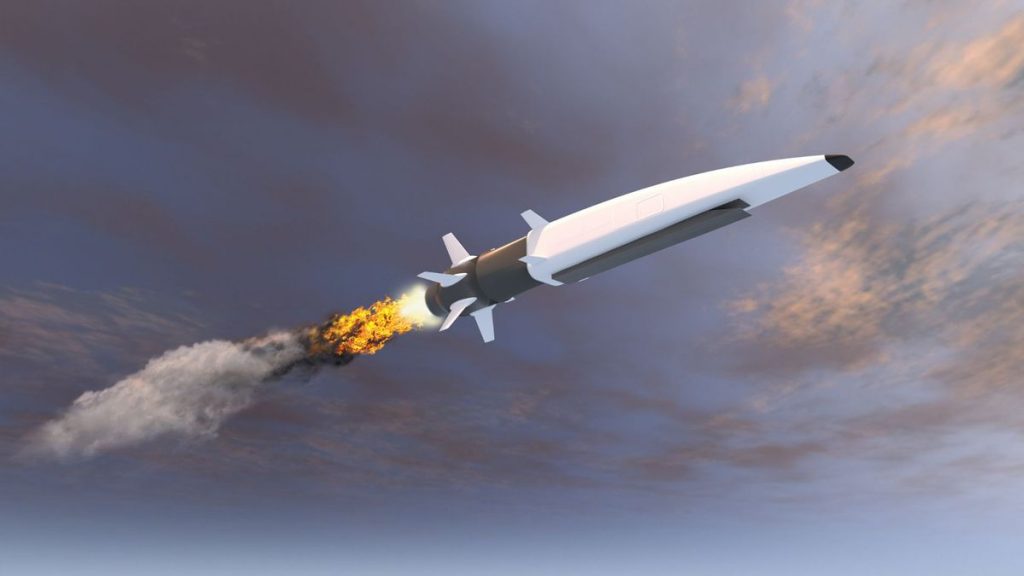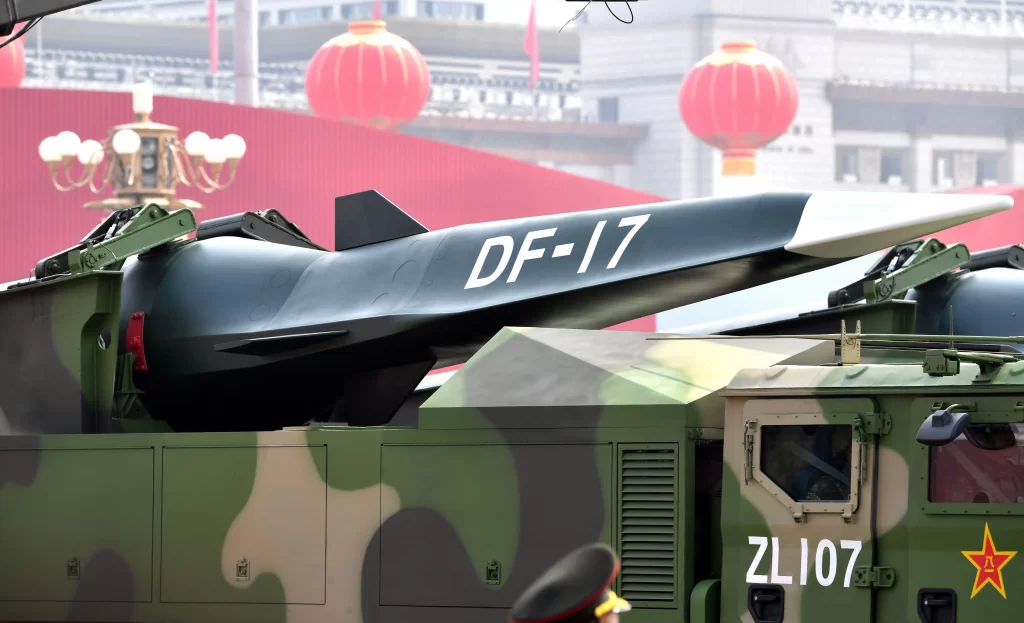According to the South China Morning Post (SCMP), a team of researchers from China’s Strategic Support Force Information Engineering University lead by Zhang Xuesong claims to have created an algorithm-based technology capable of countering hypersonic missile interception systems. The algorithm analyses the trajectory of the hypersonic missile, allowing it to avoid detection by missile defence systems, including sophisticated systems in development in the United States. In circumstances when the data were insufficient or erroneous, the researchers made forecasts using a statistical method known as multi-model adaptive estimate (MMAE) in control systems engineering. According to the experts, this technique will allow China’s hypersonic weapons to remain undetected at speeds of up to Mach 8.

If this technology becomes operational, it has the potential to greatly improve China’s military capabilities while upsetting the Asia-Pacific power balance. Because hypersonic missiles may reach speeds of up to Mach 20, they are exceedingly difficult to detect with traditional missile defence systems. Despite the United States’ enormous expenditure in hypersonic weapons, China’s latest discovery may render these systems obsolete.
The advancement of this technology corresponds with the escalation of tensions between China and the United States, notably over Taiwan and the South China Sea. To strengthen its military capabilities, China has made considerable investments in new technologies such as AI, quantum computing, 5G, and autonomous systems such as UAVs and USVs.

The precise capabilities of China’s hypersonic weapons, as well as their capacity to avoid detection by US missile defence systems, remain unclear. Nonetheless, Chinese military scientists developing this algorithm-based technology reflects the country’s expanding scientific capability in new disciplines, as well as its increasing investments in military technologies and autonomous systems. The effects of this technical discovery might have far-reaching consequences for the Asia-Pacific region’s power balance.


